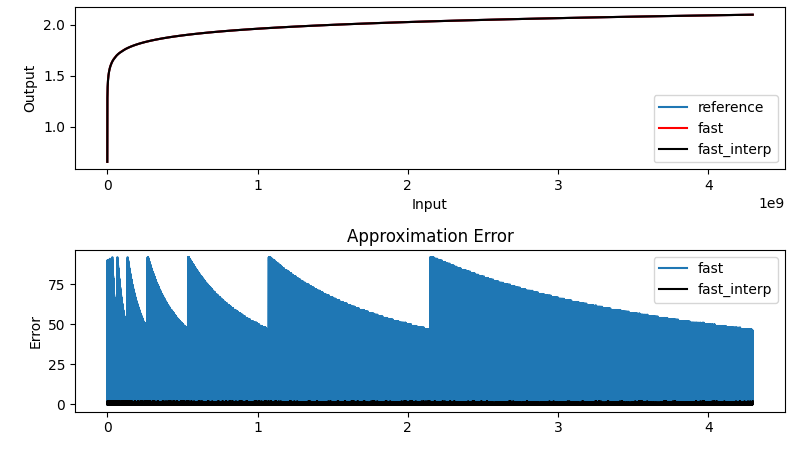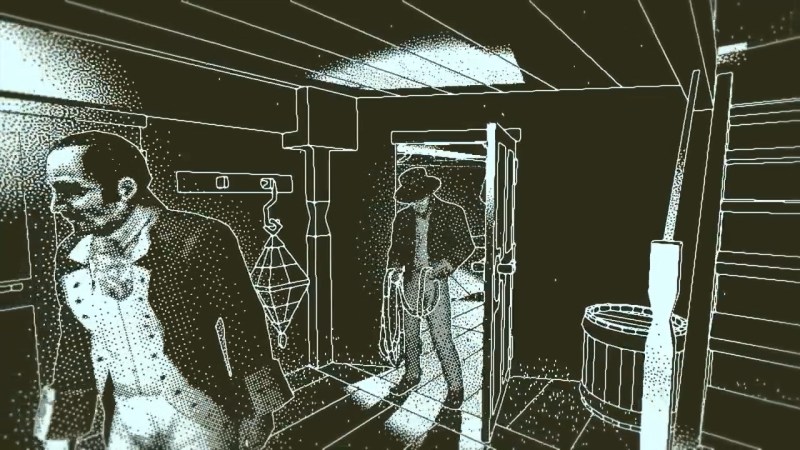Machine learning algorithm a fast, accurate way of diagnosing heart attack
Heart attack symptoms are sometimes similar to non-heart-related conditions, making diagnosis tricky. UK researchers have turned to machine learning to provide doctors with a fast and accurate way of diagnosing heart attacks that has the potential to s… Continue reading Machine learning algorithm a fast, accurate way of diagnosing heart attack

